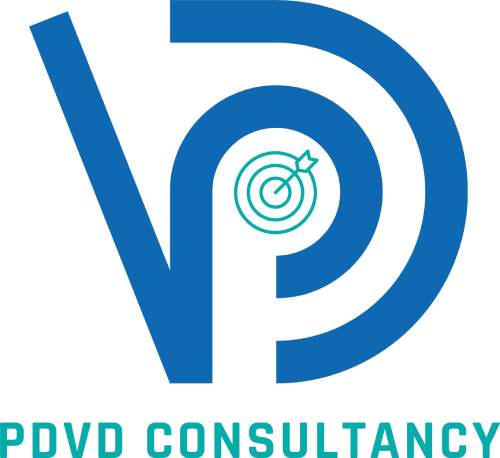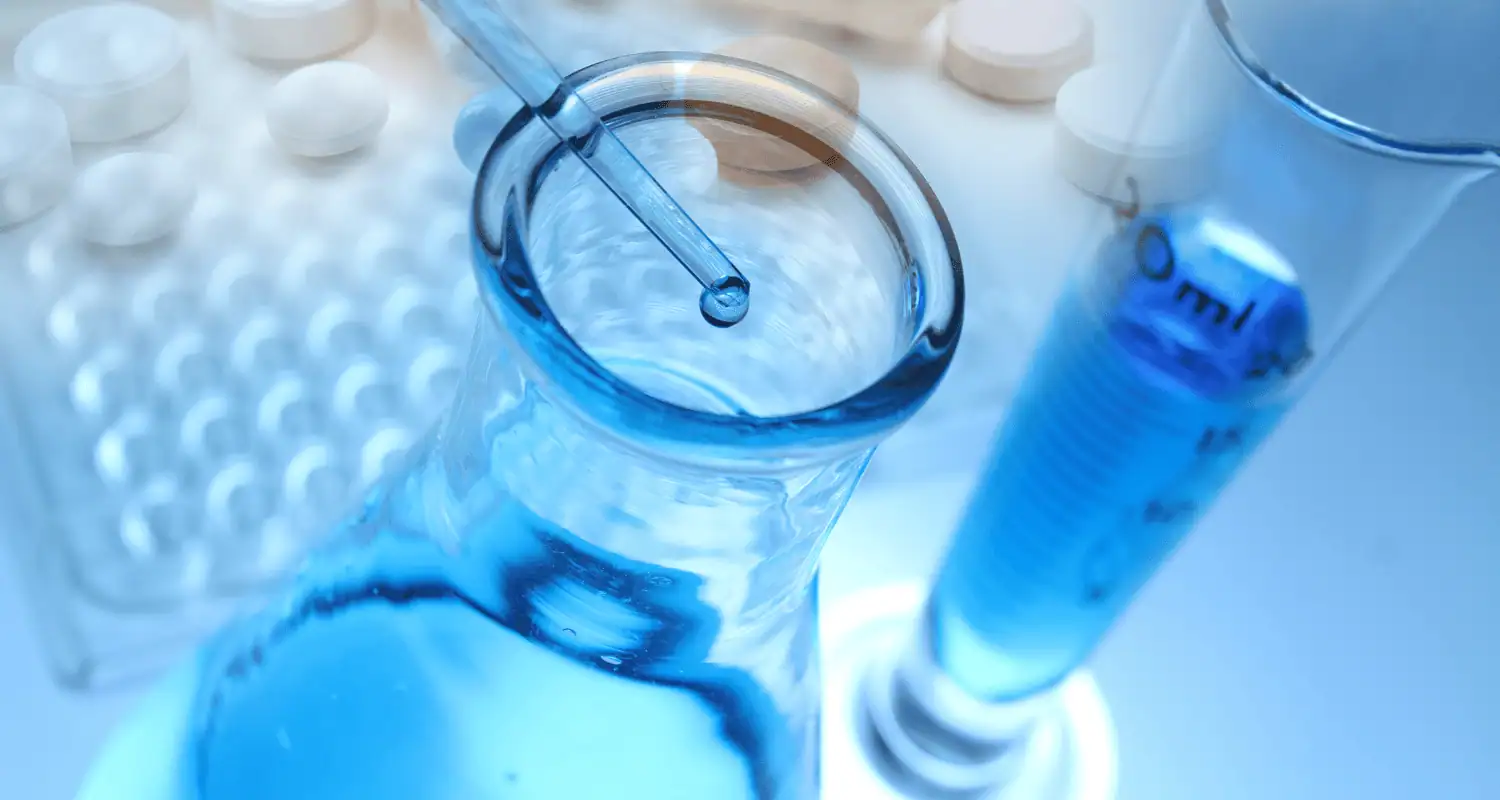Developing a pharmaceutical facility while ensuring the smooth running of operations and documentation is no easy task. It is a group of a handful of heavy tasks. We, at PDVD Consultancy will take care of all your pharmaceutical facility design, planning, validation, documentation, and regulation needs making sure your business meets perfection and success at the same time. You need an efficient turnkey solution provider specifically crafted for the dynamic pharma field. Designing a pharmaceutical facility is a highly intricate process that requires careful planning, regulatory compliance, and seamless integration of technology and workflows.
Common Pitfalls in Pharmaceutical Facility Design & How to Avoid Them
A designer and planner must consider various aspects while establishing a pharmaceutical business. One large chunk of this would include following regulations set by authorities and taking accurate safety measures. Another daunting task would be ensuring that you have specific instruments to process medicine according to guidelines and suitable staff with the necessary skill sets. Mistakes in facility design can lead to costly delays, inefficiencies, and compliance issues that impact product quality and operational efficiency. Here are the areas a potential pharma business owner needs to focus on while setting up the firm and the manufacturing unit-
Safety Measures all Across the Manufacturing Unit
-
Environmental Factor
-
Setting Well-planned Procedures and SOPs
-
Maintenance Facilities
-
Proper Communication Among Employees
-
Stay Up-To-Date


